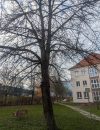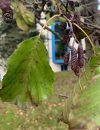For the third advent we’d like to explore another exciting topic with you and continue to enjoy the anticipation of Christmas! Today, we’ll be diving into what exactly the „ecology“ – part in geoecology really means.
Solution for challenge #2
The ecological part: the Biology / Ecology research group
As the name suggests, geoecology naturally includes ecology. At our university, the Biology/Ecology research group (→ https://tu-freiberg.de/fakultaet2/bio/biologie-oekologie) represents this field. Jun.-Prof. Dr. Karin Glaser heads this research group. They deal e.g. with biocrusts, biocoenoses of post-mining landscapes and nature conservation/management of landscapes. Phytomining, i.e. ‘mining with plants’, is also a subject of this working group.
Ecology is an important subject for Geoecology, linking and researching the pedosphere (soil) and biosphere (living organisms), for example. In the ecology modules, you therefore have the opportunity to learn methods for recording and analysing vegetation and to understand the background of ecosystem processes. Besides Geoecology, other degree programmes, such as Applied Natural Sciences (→ https://tu-freiberg.de/bachelor-angewandte-naturwissenschaft), also take courses by the Biology/Ecology research group.
And ecology is not just an interesting subject area for students. We all face the global challenge of biodiversity loss and the implementation of nature conservation measures to ensure that our environment can continue to function as well as it does. And not just in the interests of the many plant and animal species. We all benefit when crops ripen in our fields, when fruit trees are pollinated or when we can enjoy a walk through a forest – to name a handful of ecosystem functions. Hence, nature conservation is important for our society and also Geoecologists deal with it.
Did you know about the botanical uniqueness of the old mining deposits near Freiberg? Because of the high amounts of heavy metals, low pH values and dry conditions, only highly adapted plants can grow. Generalistic plants you may find in a meadow have no chance against the specialists and give room for unique ecological communities.
Challenge #3
For today’s challenge, we’re traveling back in time to explore extinct animal species. Have you participated in all of the challenges so far? Keep doing that and you’ll have the chance to win a small gift!¹ You can send us your solution via the contact form below, via email to fachgruppegoek[at]outlook.de or via Instagram (@fachgruppe_geooekologie).
Wishing you a peaceful christmas season and a wonderful third advent
Fachgruppe Geoökologie ⛄
| Species | Shape |
| 1 |  |
| 2 | 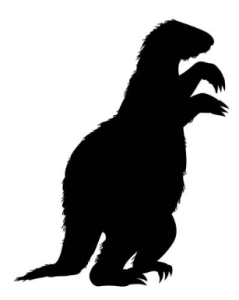 |
| 3 |  |
| 4 |  |
| 5 | 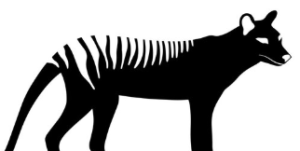 |
| 6 |  |
| 7 | 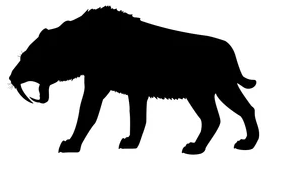 |
¹ The detailed terms & conditions can be found here (German only): https://blogs.hrz.tu-freiberg.de/fachgruppe-geooekologie/teilnahmebedingungen-und-datenschutzhinweis-gewinnspiel-geooekologie-im-advent/



